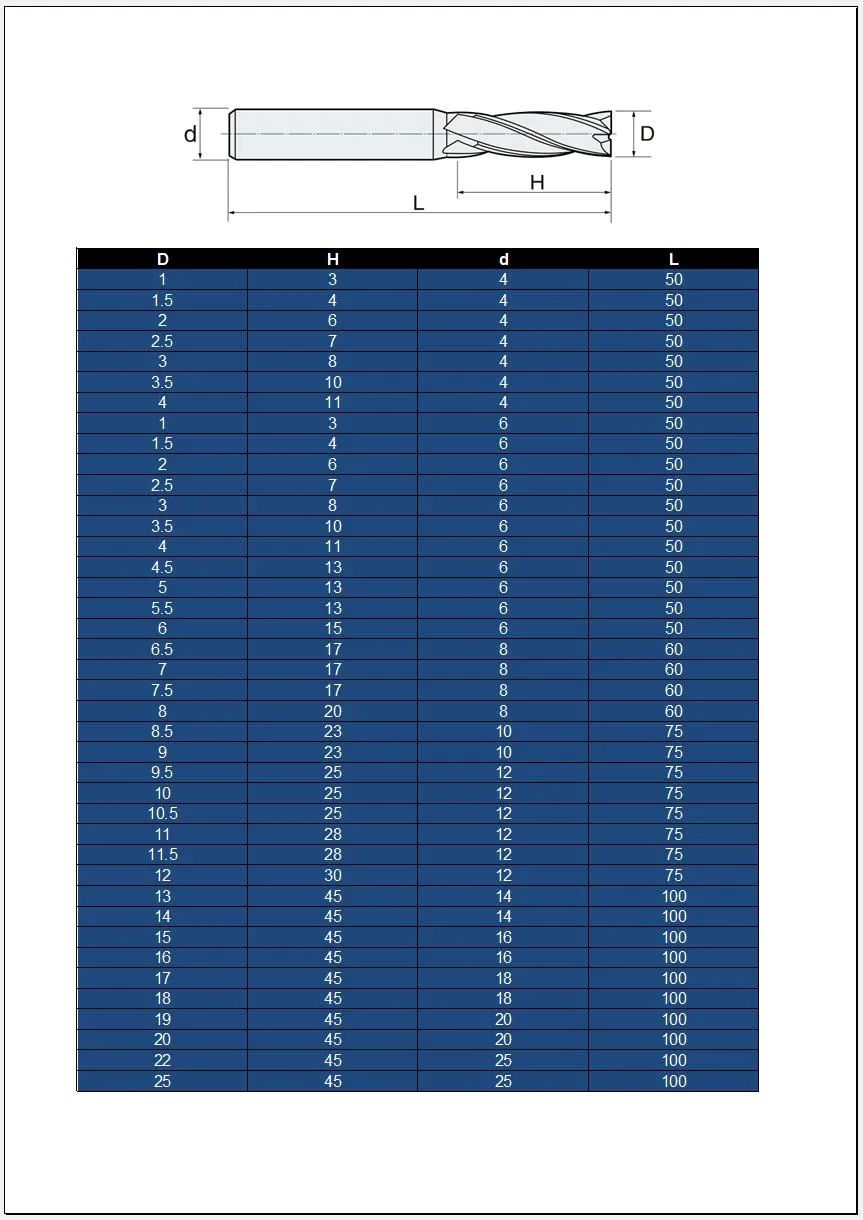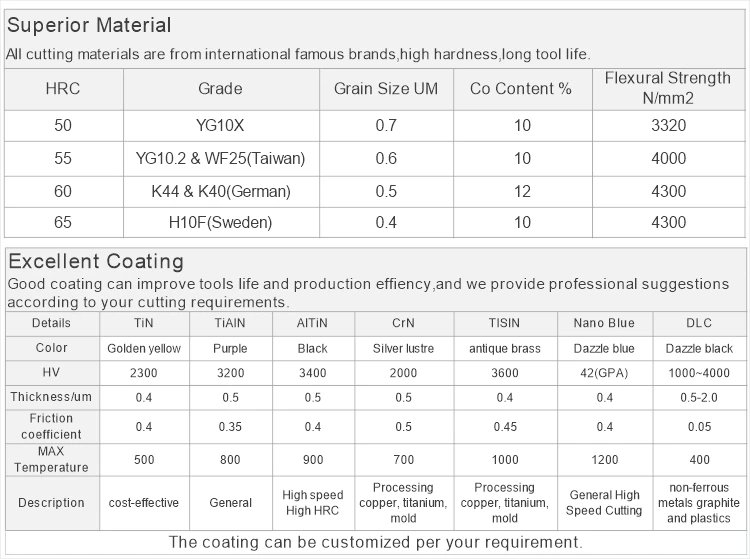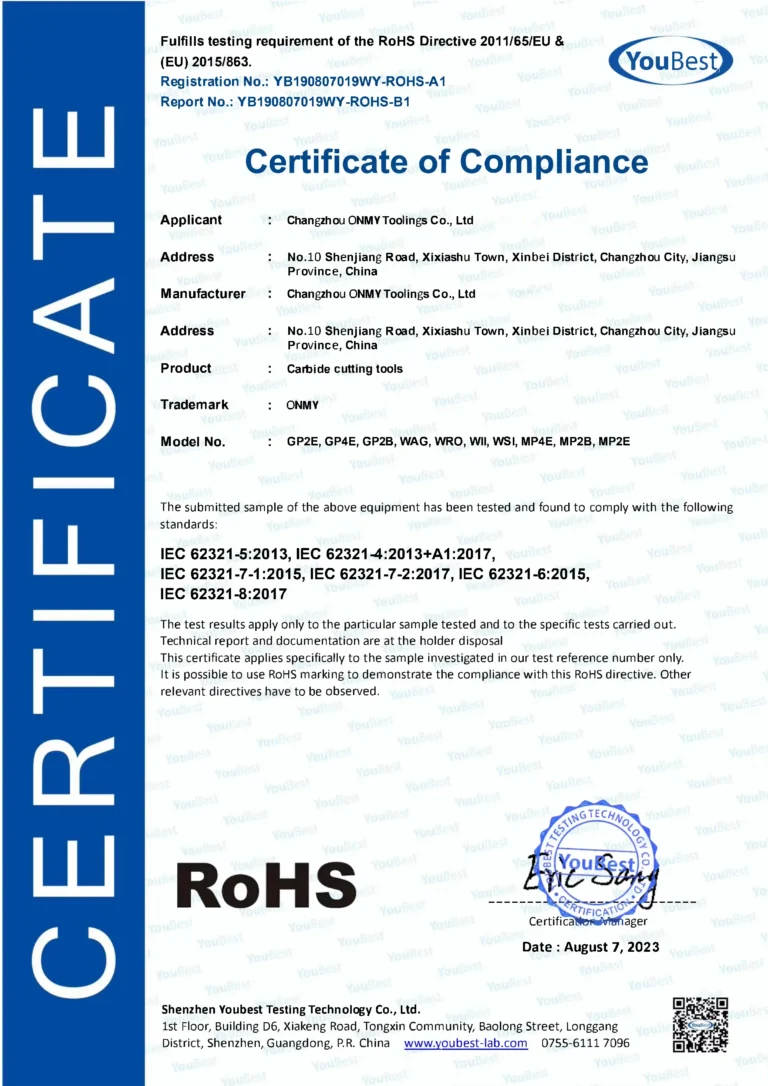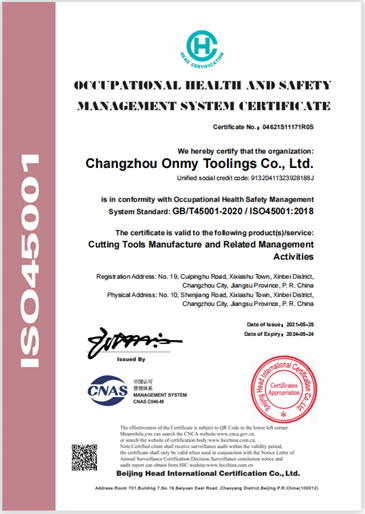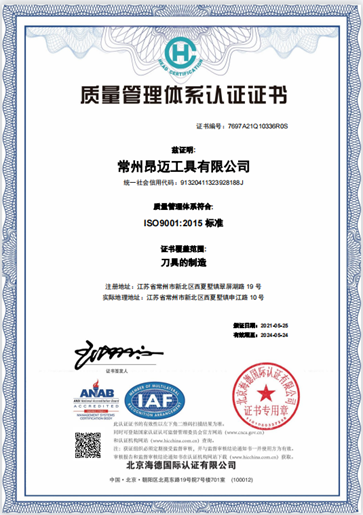4刃立铣刀
A 4 flute end mill is a rotary cutting tool commonly used in milling operations for machining materials like metal, plastics, and wood. It features four helical cutting edges (flutes) that run along its cylindrical body, allowing for efficient material removal and smooth surface finishes. The four-flute design provides a balance between chip evacuation and cutting stability, making it suitable for a wide range of applications. These end mills can perform both side cutting and plunging operations, and are often used for tasks such as slotting, profiling, and contouring in various industries including manufacturing, aerospace, and automotive.
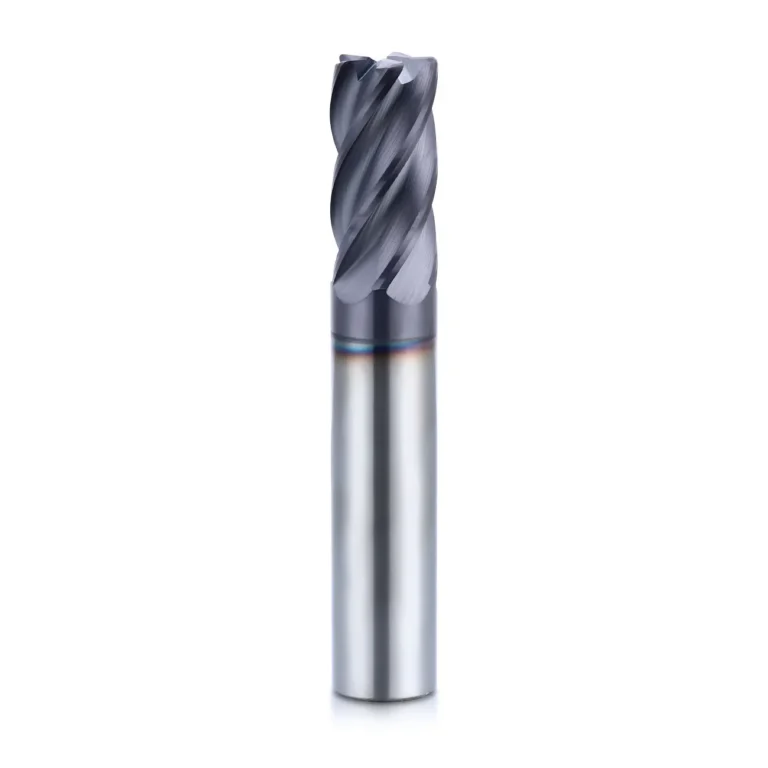
4 flute end mill Application
4 flute end mills have a wide range of applications in machining. Here’s a concise overview of their main uses:
- General milling operations
- Slotting and slot milling
- Profiling and contouring
- Side milling
- Plunge cutting
- Finishing passes
- Machining harder materials
- High-speed machining
- Precision work in aerospace and automotive industries
- Mold and die-making
These end mills are particularly effective when working with metals like steel, stainless steel, and aluminum. They’re often chosen for their ability to produce smooth finishes and maintain dimensional accuracy.
4 flute end mill Features
4 flute end mills are a versatile cutting tool commonly used in various machining applications. Here are four of their key features:
1. Increased Core Thickness and Strength
- Compared to end mills with fewer flutes, 4 flute end mills have a thicker core.
- This thicker core provides enhanced rigidity, reducing tool deflection during cutting.
- This translates to better accuracy and improved surface finish.
2. Reduced Chip Load
- The four flutes distribute the cutting load more evenly.
- This reduced chip load per flute results in smoother cutting action.
- It helps prevent chip build-up and improves overall cutting efficiency.
3. 多功能应用
- 4 flute end mills are suitable for a wide range of materials, including cast iron, tool steel, stainless steel, and heat-treated steels.
- They can be used for various machining operations such as slotting, profiling, and pocketing.
4. 改善表面光洁度
- Due to the reduced chip load and increased rigidity, 4 flute end mills produce better surface finishes compared to end mills with fewer flutes.
- This is especially beneficial for applications where a smooth surface is required.
Most of Chinese suppliers have same quality, but we are not the same,why?


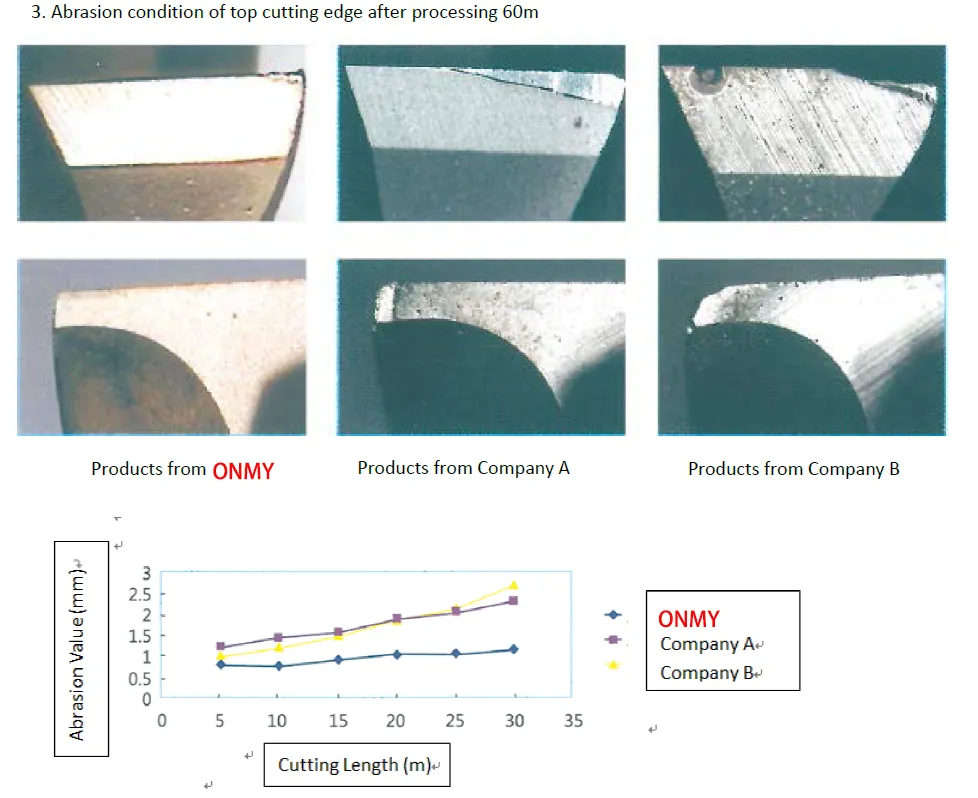
The ONMY TOOLINGS Difference
What sets our single flute end mill apart? It’s our unique combination of:
Advanced Carbide Formulations
We use proprietary micro-grain carbide blends optimized for strength and wear resistance.
Innovative Geometries
Our patented flute designs maximize chip evacuation and minimize cutting forces.
Cutting-Edge Coatings
We apply nano-layered PVD coatings that enhance heat resistance and reduce friction.
Precision Grinding
Our multi-axis CNC grinders achieve tolerances as tight as ±0.0005 inches.
工厂认证
These certifications aren’t just fancy badges – they’re your guarantee of consistent, top-tier quality in every tool we produce. Our quality control process includes 100% inspection of critical dimensions and advanced wear resistance testing to ensure each tool meets our exacting standards.

Our Journey to Excellence
Our story began in a small workshop with a big dream: to create the world’s finest bull nose end mills. Today, we operate a state-of-the-art 50,000 sq ft facility equipped with the latest in CNC grinding technology and advanced coating systems. But our true strength lies in our team of passionate engineers and skilled craftsmen who pour their expertise into every tool we produce.
Why settle for off-the-shelf solutions when you can have custom end mills tailored to your specific needs? Our in-house research and development team is constantly pushing the boundaries of what’s possible in machining technology. We collaborate with leading universities and industry partners to stay at the forefront of material science and cutting tool design.
Don't just take our word for it. Here's what our satisfied customers have to say:
My Happy Client!

Get Your Custom Quote Now!
P.S. Did we mention we offer bulk discounts? The more you order, the more you save!
- Unbeatable Factory-Direct Pricing: Cut out the middleman and save up to 40% compared to retail prices. Our efficient manufacturing process allows us to offer premium quality at competitive rates.
- Lightning-Fast Delivery: With our streamlined production process, we offer industry-leading turnaround times. Get your custom end mills in as little as 7 days! We maintain a large inventory of standard sizes for immediate shipment.
- Personalized Service: Our team of expert engineers is ready to help you find the perfect solution for your unique machining challenges. We offer free consultations to analyze your specific needs and recommend the ideal tool specifications.
经常问的问题
- For roughing operations in softer materials: A 3 flute end mill might be a good choice.
- For finishing operations or harder materials: A 4 flute end mill is often preferred
4 flute end mills are primarily used for:
- General milling operations in metals and plastics
- Slotting and groove cutting
- Profiling and contouring complex shapes
- Side milling for creating straight edges
- Finishing passes to achieve smooth surfaces
- Plunge cutting for creating holes or pockets
- High-speed machining operations
- Precision work in aerospace and automotive parts
- Mold and die making
- Machining harder materials like stainless steel
They’re favored for their balance of cutting efficiency and surface finish quality, especially in materials like steel and aluminum. The four-flute design allows for faster feed rates compared to two-flute mills, while still maintaining good chip evacuation.
2 Flute End Mills:
- Better chip evacuation
- Ideal for softer materials (e.g. aluminum, brass, plastics)
- Preferred for deep pockets and slots
- Higher feed rates possible
- Better for plunge cutting
- More suitable for roughing operations
4 Flute End Mills:
- More cutting edges for smoother finishes
- Better for harder materials (e.g. steel, stainless steel)
- Increased stability and reduced vibration
- Superior for side milling operations
- Better for maintaining tight tolerances
- More suitable for finishing operations
Key differences:
- Chip clearance: 2 flute better
- Surface finish: 4 flute generally superior
- Material suitability: 2 flute for softer, 4 flute for harder
- Cutting speed: 4 flute typically faster
- Application: 2 flute for roughing, 4 flute for finishing
Yes, 4 flute end mills can be used for aluminum, but they’re not always the optimal choice. Here’s a brief explanation:
- Possible, but not ideal: 4 flute end mills can machine aluminum, especially in finishing operations.
- Chip evacuation: The main concern is that aluminum tends to produce long, stringy chips. 4 flute mills have less space between flutes for chip evacuation.
- Heat buildup: More flutes can lead to more heat generation, which is problematic with aluminum as it can cause the material to become gummy.
- Better alternatives: 2 or 3 flute end mills are generally preferred for aluminum. They offer better chip clearance and heat dissipation.
- Specific cases: High-speed machining of aluminum or finishing passes where surface finish is critical might benefit from a 4 flute tool.
- Coatings: If using a 4 flute mill on aluminum, look for ones with appropriate coatings to reduce friction and heat.
In summary, while it’s possible to use a 4 flute end mill on aluminum, it’s often not the first choice due to chip evacuation concerns. The best tool depends on the specific operation and requirements.
- Bulk material removal: Quickly removing large amounts of material from workpieces.
- Hogging: Aggressive cutting to create rough shapes or cavities.
- Roughing passes: Preparing a workpiece for subsequent finishing operations.
- High metal removal rates (MRR): Maximizing the volume of material removed per unit time.
- Machining harder materials: Effective on tough materials like steel and stainless steel.
- Creating pockets: Rapidly hollowing out areas in a workpiece.
- Stock removal: Quickly reducing the size of raw stock.
- Adaptive milling: Used in modern CNC strategies for efficient material removal.
- Slotting: Creating rough slots or grooves.
- Preparation for finishing: Setting up the workpiece for final dimensioning and surface finishing.
Generally, 2 flute end mills are preferred for machining aluminum.
- Chip evacuation: Aluminum produces long, stringy chips. The larger flute spaces in a 2 flute end mill allow for better chip clearance, preventing chip build-up and clogging.
- Material removal rate (MRR): While 4 flute end mills can theoretically achieve higher MRR, the chip evacuation issue often offsets this advantage in aluminum machining.
- Tool life: In many cases, 2 flute end mills can provide longer tool life in aluminum due to the reduced stress on the cutting edges.
Exceptions
That said, there are situations where a 4 flute end mill might be considered for aluminum:
- Finishing operations: For very fine finishes, a 4 flute end mill might be preferred due to its smoother cutting action.
- Small diameter end mills: In some cases, with small diameter end mills, a 4 flute might offer better rigidity.
- High-speed machining (HSM): Under specific HSM conditions, a 4 flute end mill can be effective.
Ultimately, the best choice depends on specific factors such as:
- 铝合金
- Cutting conditions (speed, feed, depth of cut)
- 所需的表面光洁度
- Tooling availability

